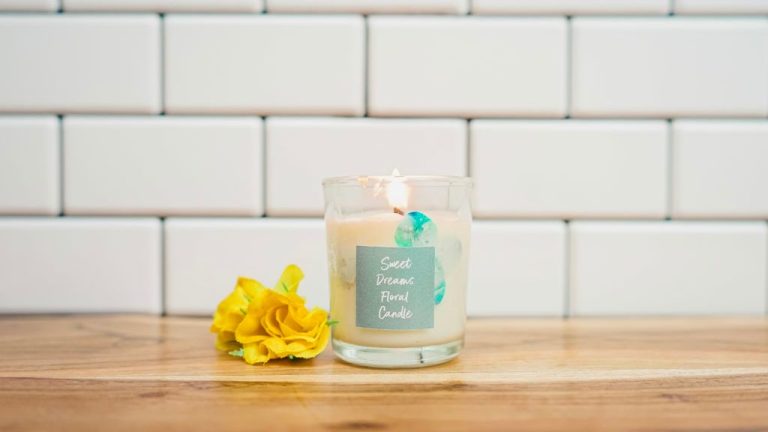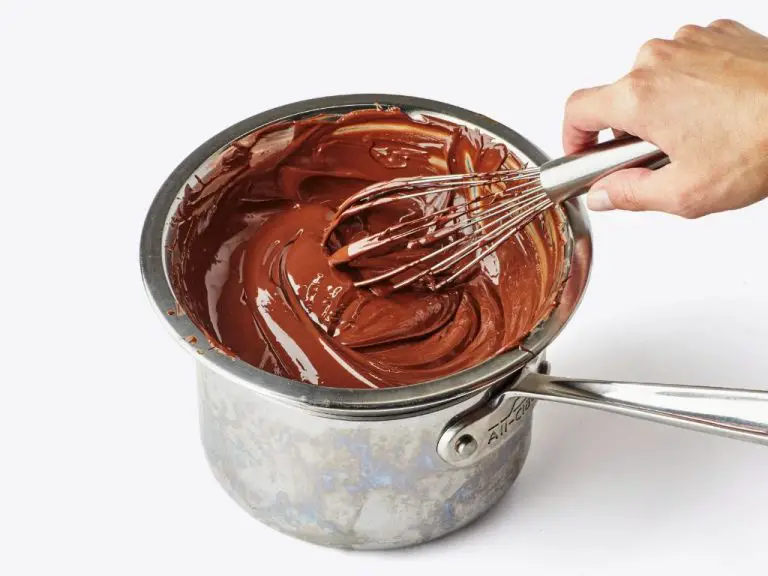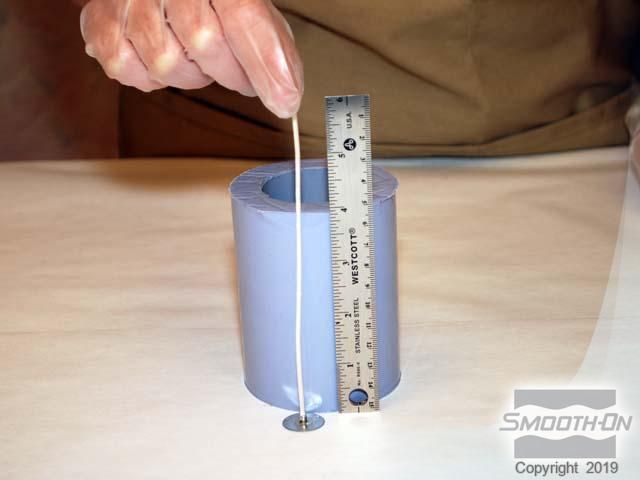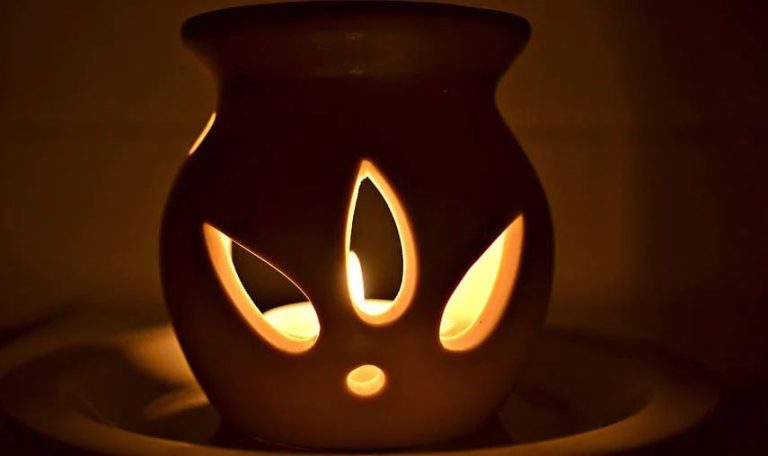What Length Should My Candle Wick Be?
Proper candle wick length is crucial for safe, effective candle burning. An ideal wick height provides complete melt pool coverage without producing excess smoke or an erratic flame. Adjusting your wick length helps prevent common issues like tunneling, poor scent throw, and dripping. It also minimizes the risks of the wick clogging, the wax remaining unburnt, and the candle becoming a potential fire hazard.
Finding the right wick height involves understanding the correlation between the candle wax, wick type, container size, and your individual needs. With some simple testing and trimming, you can achieve the perfect wick length for clean, even burning, and maximum enjoyment of your candle.
What is a Candle Wick?
A candle wick is the cord or string that runs through the center of a candle. According to the Cambridge Dictionary, a candle wick works “by capillary action, conveying (wicking) the fuel to the flame.” [1] The wick’s purpose is to deliver melted wax or fuel to the flame in a controlled way so the candle can burn slowly and evenly. The wick absorbs the liquid wax via capillary action and transports it up to the tip where it is vaporized by the flame.
Capillary action allows the liquified wax to travel up the wick against gravity. The wax adheres to the surface of the individual strands that make up the wick because of adhesive intermolecular forces between the liquid and the solid wick material. As the wax at the tip of the wick is consumed by the flame, it pulls more wax up through the wick continuously to keep the candle burning.
The wick is a key part of how a candle works to provide controlled, even burning. It transports the fuel in a regulated way to sustain the flame and prevent the candle from burning too quickly, flaring up, or going out.
Recommended Candle Wick Lengths
When selecting a wick for candle making, the general rule of thumb is to choose a wick that is proportional to the diameter of the candle. The wick length should allow the melt pool to reach the edges of the container to maximize fragrance throw and burn time. However, the flame should not be so large that it tunnels down the center or creates excessive soot.
As a general guideline, smaller candles usually require shorter wicks. For example, birthday candles are very narrow and only need 0.5-1 inch wicks. Votive candles are wider at 1-2 inches diameter, so they need longer wicks around 2 inches. Pillar candles are 2-3 inches wide and perform well with 2-3 inch wicks. Larger jar or container candles 3-4 inches across need longer 3-4 inch wicks.
Wick length should fall within the recommended range for the candle diameter. Going too short can lead to poor wax pooling and scent throw. Going too long creates a higher risk of soot, smoking, or tunneling. Testing different wick sizes to find the optimal length for your wax and fragrance is key.
Wick Length for Container Candles
For container candles in jars, tins, and other vessels, the ideal wick length is around 1/4 inch (6mm). This length helps prevent issues like tunneling, where wax around the sides remains unmelted. According to Lone Star Candle Supply, a wick that is too short in a jar candle may lead to tunneling because the melt pool cannot properly reach the edges. They recommend a 1/4 inch wick protrusion for jar candles using most wax types.
CandleScience also recommends around a 1/4 inch wick length for container candles. They advise measuring the diameter of your container and selecting a wick size proportional to the width. Wider jars need longer wicks. As a standard starting point, a 1/4 inch protruding wick provides enough fuel for an ideal melt pool in most container candles. This length can then be adjusted up or down if tunneling or other issues occur.
Wick Length for Pillar Candles
For pillar candles, the proper wick length is crucial for achieving even melt and burn. The wick must be long enough to enhance the size of the candle’s burn pool – the melted wax at the top of the candle when lit. An ideal burn pool for a pillar candle is about 1/2 to 1 inch across, deep enough to form a small pool of liquid wax.
Smaller wicks under 1 inch may lead to tunneling, where wax along the sides does not melt properly. Larger diameter wicks over 1 inch long may cause the candle to get too hot, creating excess smoke and drips down the side.
To determine the pillar candle wick length, first look at the diameter of the candle. A general rule of thumb is:
- 1-2 inch diameter pillar – use a 0.8 inch wick
- 2-3 inch diameter pillar – use a 1 inch wick
- 3-4 inch diameter pillar – use a 1.2 inch wick
- 4-5 inch diameter pillar – use a 1.5 inch wick
Test out different wick lengths to find the ideal size for your specific pillar candle diameter and wax type. Trim the wick as needed to reach the optimal flame height and melt pool width.
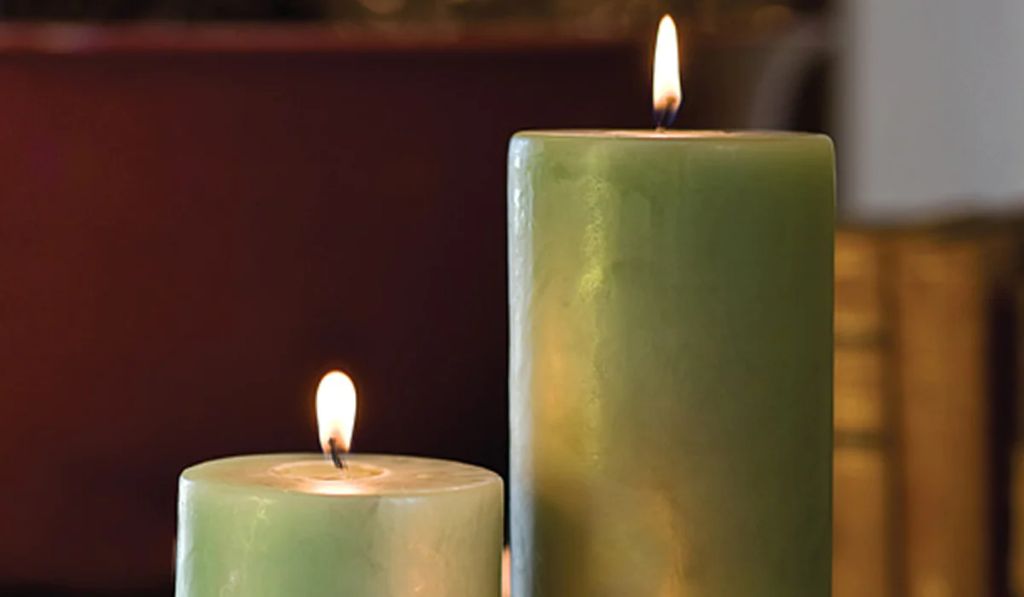
Wick Length for Votive Candles
The recommended wick length for votive candles and other small candles like tea lights is 2-3 inches. This shorter wick length helps maximize burn time for small candles.
According to experts, votive candles should use a shorter wick to prevent issues like tunneling, where the wax melts unevenly around the wick. A longer wick can overheat and melt the wax too quickly in a small container like a votive or tea light holder (Candlewic).
A 2-3 inch cotton or paper cored wick is ideal for most standard votive candles. This provides enough wick to absorb wax and emit fragrance, while preventing a too-large flame that can tunnel the wax or be unsafe in a short votive holder (Lone Star Candle Supply).
Testing different wick sizes around 2-3 inches can help determine the optimal wick length for your specific votive wax formulation and holder. But in general, a shorter wick maximizes votive candle burn time for a safer, more efficient burn.
Wick Length for Birthday Candles
When making birthday candles, it’s important to choose the right wick length to allow for easy blowing out. The standard wick length recommendation for birthday candles is 1/2 inch (1.3 cm). This provides a flame that is easy to blow out, yet burns evenly and brightly.
A 1/2 inch wick is ideal for most standard birthday candles that are around 4-5 inches tall with a 1-2 inch diameter. For larger specialty birthday candles like number candles, a slightly longer 5/8 inch wick may be needed.
Too short of a wick can result in the flame being difficult to light and burning unevenly. Too long of a wick makes the flame too big and challenging to blow out. The 1/2 inch size hits the sweet spot for birthday candle wicks.
When making your own birthday candles, cut the wick to be 1/2 inch longer than the candle height. For example, for a 4 inch candle, cut the wick to 4.5 inches long [1]. This extra length helps anchor the wick while providing the ideal 1/2 inch flame height.
With the right wick length, birthday candles will have a bright flame that lights easily and blows out with a quick puff of air. This allows the birthday person to easily extinguish the candles and make their wish come true.
Wick Length for Outdoor Candles
When burning candles outdoors, it’s important to choose a wick that is long enough to withstand windy conditions and prevent the flame from blowing out. The CandleScience article recommends using a larger wick for outdoor candles, as the flame needs to be taller to withstand wind.
Specifically for a 2″ x 2″ outdoor candle, they recommend a CD wick size of 10-12. The taller flame on these thicker wicks will be less likely to blow out compared to a shorter wick. The HyggeLife Outdoor Candle uses a high quality thick wick designed for wind resistance even on breezy days.
In summary, opt for a longer, thicker wick when making outdoor candles. Aim for a wick approximately 1/4 the diameter of the candle for best results. The taller flame will be more wind resistant and less likely to blow out.
Adjusting Wick Length
Properly trimming your candle’s wick is essential for achieving an even, consistent burn and preventing issues like tunneling. Here are some tips on adjusting wick length by trimming:
Trim the wick to 1⁄4 inch before lighting the candle for the first time. Use sharp scissors and trim vertically down the very top of the wick. This initial trim helps the wick curl as it burns and prevents early sooting issues (1).
Once lit, trim the wick to 1⁄4 inch each time before relighting. This helps remove any excess charring and maintains the ideal 1⁄4 inch length for proper wax melt pool size and burning. Trimmed wicks encourage complete wax consumption (2).
Avoid leaving long wick leftovers each time. Trim back to 1⁄4 inch rather than just lightly snipping the charred tip. Long wicks lead to uneven burning, tunneling, and excess smoke.
Trim whenever you notice mushrooming or carbon buildup. These issues mean the wick needs shortening to prevent improper burning. Quick trimming can help revive a poorly burning candle.
Adjust wick height if the melt pool is too small or too large. Carefully pinch the wick closer to the wax or pull it up to enlarge or shrink the melt diameter.
Only trim wicks when wax is completely solidified. Attempting to trim a lit or still-liquid candle can be dangerous.
Trimming with care allows the wick to provide the ideal flame height and melt pool for the most efficient burn.
Conclusion
When choosing the appropriate wick length for your candles, there are a few key factors to consider. The ideal wick length will allow the wax to melt efficiently across the entire candle, preventing issues like tunneling while also avoiding excessive smoking from an oversized wick. For most standard container and pillar candles, a wick length about 1/4″ – 1/2″ is recommended. Votive candles can use a slightly shorter wick around 1/4″ and birthday candles may only need 1/8″ wicks. Outdoor citronella and torch candles require longer wicks, usually 1/2″ to 1″ to account for wind. Adjusting your wick size up or down can help optimize the burn and prevent common problems. With the proper testing and adjustments, you can find the perfect wick length for your specific candle type and wax that provides a strong and even flame.

